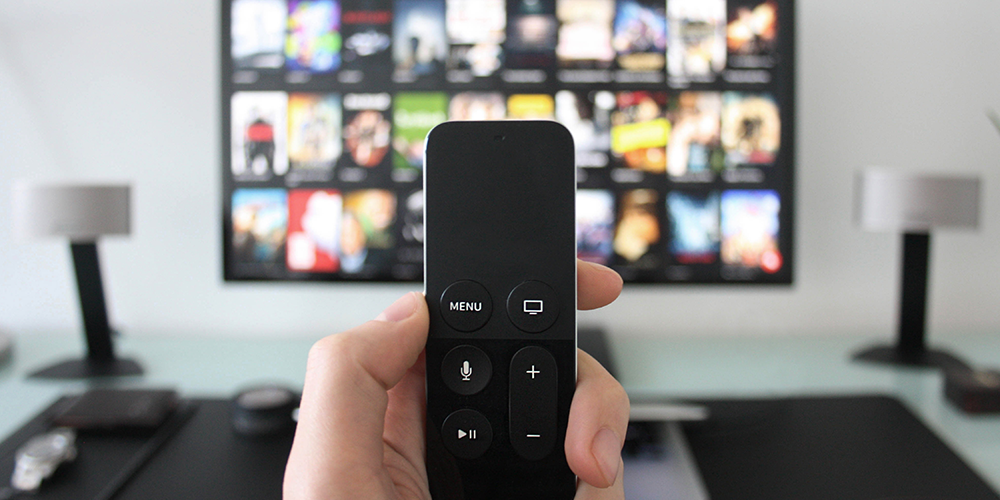
This week's review of ad fraud and quality in the digital advertising space.
Pixalate this week released an update to its COVID-19 benchmarks: Programmatic Ad Spend in the Age of COVID-19: Connected TV/OTT Advertising Report, examining how U.S. programmatic advertisers have shifted budgets during the ongoing pandemic.
Key Findings: Programmatic Connected TV/OTT ad spend bounces back 40%

This blog post aggregates a sampling of coverage on Pixalate's COVID-19: Programmatic OTT/CTV Benchmarks.
"Advertising rebounded in April — at least on connected televisions — as the initial wave of public service-driven advertising ebbed and brands began to take advantage of the rise in screen time in quarantine," Adweek reported.
MediaPost noted: "Hulu (+44%) and Sling TV (+30%), the two biggest Roku store apps by programmatic ad spend, saw significant gains, as did The CW (+129%), Fox News Channel (+103%) and ABC (+31%), among others."

"The ongoing Covid-19 pandemic meant that most people around the country remained housebound—and, in many cases, were watching television—for most of March, April and May," reported Adweek. "Now, even with restrictions easing ... connected TV usage remains well above pre-Covid-19 levels, according to new data from Nielsen.

In this podcast, eMarketer hosted Bob Liodice, president and CEO of the Association of National Advertisers (ANA), to discuss how COVID-19 is changing the ad industry and how it compares to previous economic downturns.

"In a new report, the security team [at Upstream] says that in the first quarter of this year, the number of Android apps it identified as 'malicious' doubled year-on-year, with fraudulent transactions up 55%," reported Forbes.
*By entering your email address and clicking Subscribe, you are agreeing to our Terms of Use and Privacy Policy.
These Stories on Weekly Recaps
*By entering your email address and clicking Subscribe, you are agreeing to our Terms of Use and Privacy Policy.

Disclaimer: The content of this page reflects Pixalate’s opinions with respect to the factors that Pixalate believes can be useful to the digital media industry. Any proprietary data shared is grounded in Pixalate’s proprietary technology and analytics, which Pixalate is continuously evaluating and updating. Any references to outside sources should not be construed as endorsements. Pixalate’s opinions are just that - opinion, not facts or guarantees.
Per the MRC, “'Fraud' is not intended to represent fraud as defined in various laws, statutes and ordinances or as conventionally used in U.S. Court or other legal proceedings, but rather a custom definition strictly for advertising measurement purposes. Also per the MRC, “‘Invalid Traffic’ is defined generally as traffic that does not meet certain ad serving quality or completeness criteria, or otherwise does not represent legitimate ad traffic that should be included in measurement counts. Among the reasons why ad traffic may be deemed invalid is it is a result of non-human traffic (spiders, bots, etc.), or activity designed to produce fraudulent traffic.”

